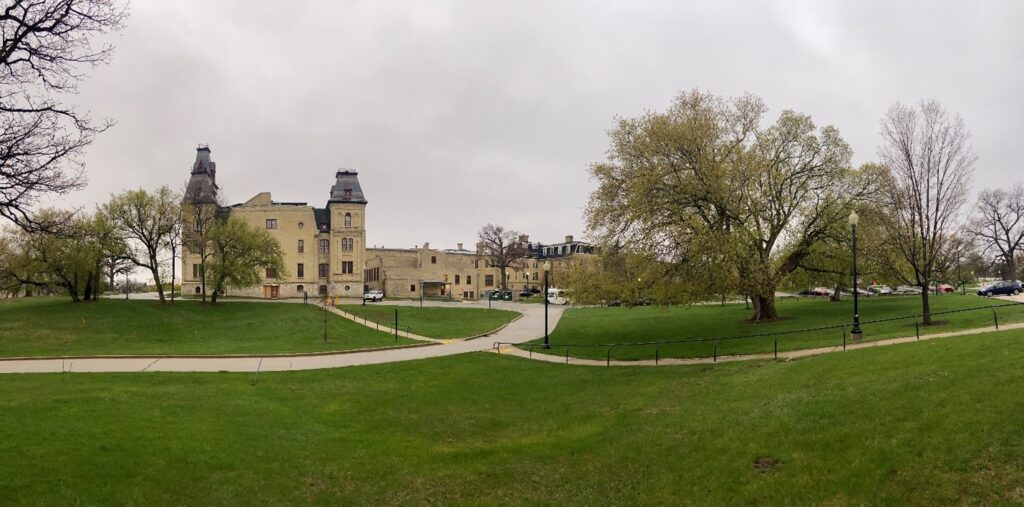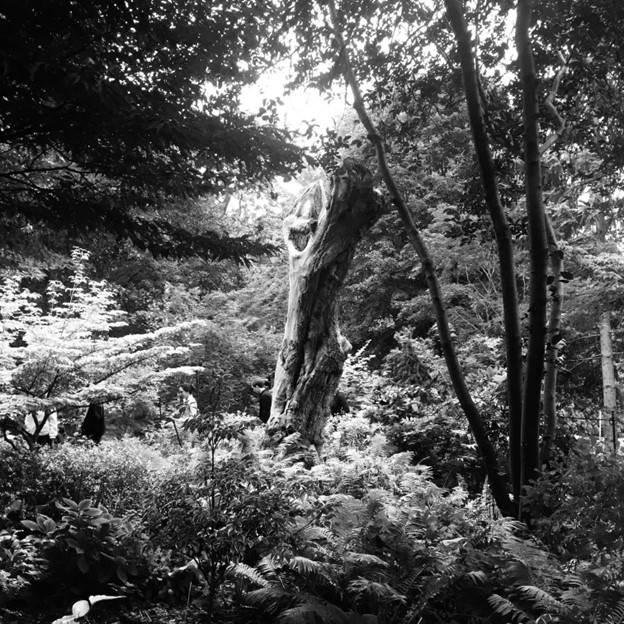By Dan Buckler, DNR Urban Forest Assessment Specialist, Milwaukee, daniel.buckler@wisconsin.gov or 608-445-4578

On the hallowed grounds of Milwaukee’s Soldiers Home are particularly picturesque trees rooted in the shadow of Old Main. They are boxelders.
A few miles away, along the Milwaukee River, are testaments to the absurd creativity of nature. They are also boxelders.
The world indeed holds many contradictions, and this common tree is one of them. It is capable of being bewilderingly well-rounded, yet, as Michael Dirr puts it, other specimens “appear an unkempt shrub, a gaunt tree, or a biological fright.”
Cool!
Boxelder (Acer negundo) is a medium-sized tree with opposite, compound leaves, usually made up of 3-5 leaflets that can be entire, very coarsely toothed or three-lobed. The trunk often divides low and forms multiple stout, crooked branches that can sometimes lead to an open, even canopy. It is one of the most widespread tree species on the continent.

It’s a species with many common names (including Manitoba maple and ash-leaved maple), and even more disparaging monikers, such as weed, trash or invasive. Even the ecologically neutral term colonizer nonetheless carries with it negative cultural baggage. Meanwhile, the tree remains present and living. Like all of us, it grows fast and lives a complicated, too-short life. And it’s true, “no one would call them aristocratic trees,” as Donald Culross Peattie said. But that should be a mark of distinction in a nation that celebrates its break from Old World hierarchies.
The reason for boxelder’s lowly reputation is, of course, why it’s such an urban success: it is very hardy. A guide to Michigan trees described its history as a landscaping favorite “because of its ease of transplanting, rapid growth, resistance to drought, and adaptability to nearly all urban conditions.” While more noble trees might require niche environments or constant attention, boxelder abides.
However, the same tree guide notes that boxelder “is not especially attractive, sheds branches readily, and attracts boxelder bugs.” For these reasons and others, I am not here to promote it for planting, nor to criticize its removal. Indeed, it can disperse and spread rapidly, and has weak wood and problematic branching, making it less than ideal for many of the places where our industry works (e.g., streetscapes). Nor am I going to plant it anywhere myself. It doesn’t need my help.
But I do want to shield it from the slings and arrows of contempt. And, most especially, I want to celebrate its weirdness. This is a maple tree that looks like an ash. A Plains tree that bleeds syrup. An arbor with purple twigs!
There are over 400 plant varieties growing at the Sanger House Gardens, a pretty spot tucked away in a residential neighborhood in Milwaukee. There is lot to see there, but my eyes always gaze, lovingly, at a pair of boxelder trees – one living, one dead – standing as sentinels and points of contrast to the smaller, more graceful plants around it. Grotesque, yes, but also beautiful, dignified and magnificent.


